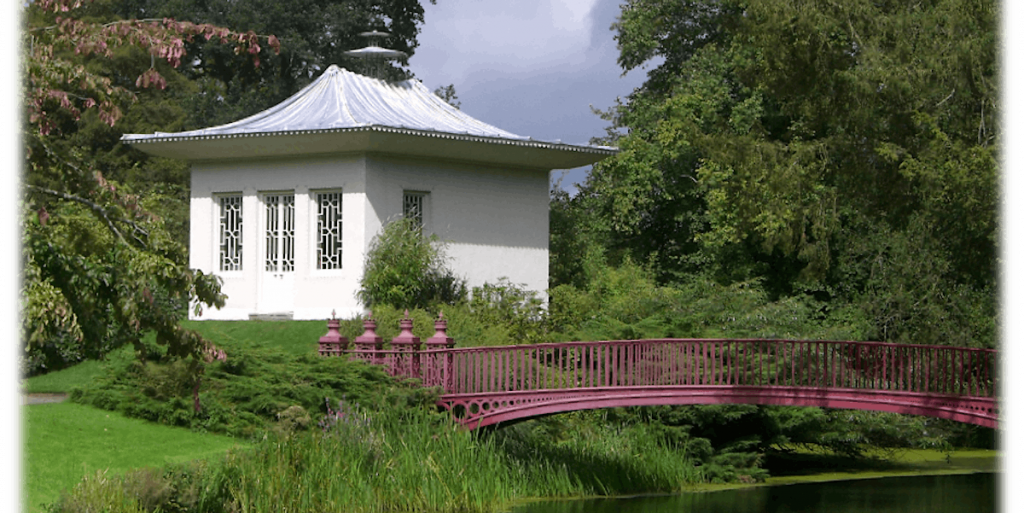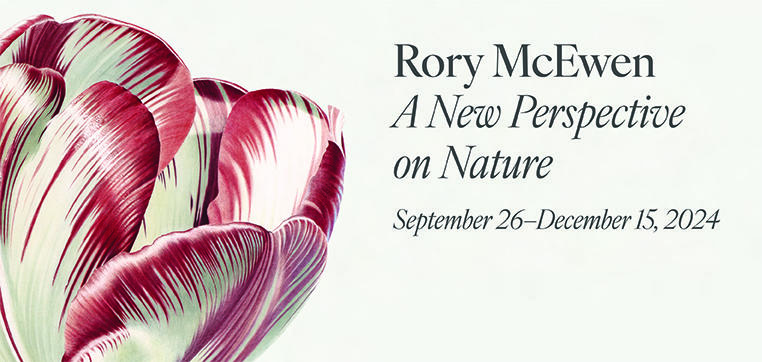Tuesday, November 26, 4:00 am – 5:30 am Eastern (but recorded) – Chinoiserie: Tea, Trade Routes, and a Taste for the Exotic, Online
The Georgian era is often seen as the pinnacle of garden design in England, as the formal, baroque style of the late 17th century gave way to the looser, more naturalistic designs of what became known as the English Landscape Movement. It was a style that spread around the world.
This Gardens Trust online series will trace the development of the landscape style, beginning with early examples full of decorative garden buildings and classical allusions, and then the impact of England’s most famous landscape designer, Lancelot ‘Capability’ Brown, who laid out vast parklands with rolling lawns, serpentine lakes and clumps of trees. As we’ll see, the century ended with a clash between the wild, rugged aesthetic of the Picturesque and the start of a return to formality and ornamentation in garden-making.
As well as examining individual gardens and designers, we will explore some of the myriad social and economic influences at work on Georgian design. These included political upheaval, changing land use, foreign trade and the lure of exoticism, alongside the impact of the European ‘Grand Tour’ undertaken by wealthy men, which instilled an admiration for classical art and poetry, and for French and Italian landscape painting.
The fourth lecture in this Gardens Trust series brings back Dr Laura Mayer on November 26. Chinoiserie – an early European interest in the arts, architecture and gardening of the Far East – blossomed in Georgian Britain, coinciding with the beginnings of the Industrial Revolution and modern consumerist society. Soon, every landscape park and public pleasure ground in the country had a Chinese pagoda, bridge, barge or brightly painted tea-house in which to drink tea, that most fashionable of imported luxuries.
This lecture will examine the politics and trade routes of eighteenth-century Britain, as well as the growing craze for informal gardening. This had been gaining traction since 1685 when William Temple published his appraisal of East Asian garden asymmetry, without ever having traveled to China. The talk will consider the authenticity of British Chinoiserie, and reveal what, if anything, the landscape style owes to Asia’s early gardens. In short, just how English was the English landscape garden after all? Image: The Chinese House at Shugborough, Staffordshire, photo c.2009 © Laura Mayer. Register at https://www.eventbrite.co.uk/e/a-history-of-gardens-3-tickets-1011314337407



